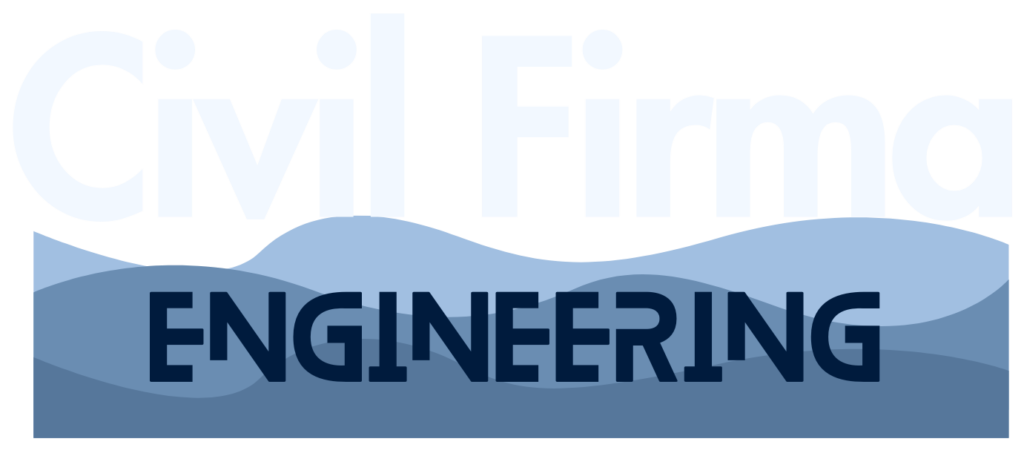

Stormwater pollution from construction sites and industrial operations can be a major environmental concern. As stormwater flows over land, it carries pollutants such as sediment, oil, chemicals, and debris, and carries them into our rivers, lakes, and oceans. Each construction site that disturbs over 1-acre of land as well as certain industrial operations are required to have a comprehensive plan to prevent stormwater contamination. These comprehensive plans are called Construction Best Management Practices Plans (CBMPP) or Stormwater Pollution Prevention Plans (SWPPP).
A CBMPP is required by the Alabama Department of Environmental Management (ADEM) who administers the EPA National Pollutant Discharge Elimination System (NPDES) program. The CBMPP outlines all potential sources of pollution as well as the measures an industry or construction site will take to prevent the pollution from entering waterways. Measures include best management practices (BMPs) and spill control practices. The CBMPP anticipates where pollution may come from and outlines all measures needed to contain it.
Why is a CBMPP Important?
Stormwater pollution can have significant impacts on our environment and public health. Polluted stormwater can harm aquatic life, contaminate drinking water sources, and make recreational areas unsafe for use. A properly implemented CBMPP can prevent or reduce the amount of pollution that enters our waterways. Failure to implement A CBMPP can lead to costly fines and penalties for non-compliance with ADEM regulations.
CBMPP Development and Implementation Requirements
ADEM has specific requirements for developing and implementing a CBMPP. These requirements vary depending on the type of facility or construction site, but generally include the following:
Identify Potential Sources of Pollution
The first step in developing a CBMPP is to identify potential sources of pollution on the site. This includes any areas where pollutants may be generated, such as unstable soil, fueling stations, storage areas, concrete washouts and temporary sanitary facilities. It is important to thoroughly assess the site to ensure all potential sources of pollution are identified.
Develop Best Management Practices (BMPs)
Once potential sources of pollution have been identified, the next step is to develop BMPs to prevent or reduce pollution. BMPs can include physical controls, such as spill containment systems or erosion and sediment control devices, as well as operational practices, such as regular maintenance and employee training. The EPA has a list of recommended BMPs for different industries and construction activities. ADEM requires that BMP implementation meet or exceed the measures contained in the Alabama Blue Book. It is important to choose the appropriate measure for the type and volume of potential pollution sources.
Implement BMPs and Monitor Effectiveness
After developing BMPs, they must be implemented and maintained to ensure their effectiveness. This will include regular inspections, corrective actions, maintenance, and employee training. It is important to monitor the effectiveness of BMPs and make any necessary adjustments to ensure they are working as intended.


Keep Records and Update CBMPP as Needed
ADEM requires businesses and construction sites to keep records of their CBMPP and any changes or updates made to it. This includes records of inspections, corrective actions, maintenance, employee training and any changes to BMPs. The CBMPP should also be updated as needed to reflect any changes in operations or potential sources of pollution.
CBMPP Maps
CBMPP’s also include detailed maps showing locations of pollutant sources, control measures, site characteristics and drainage patterns. CBMPP maps should be updated as changes to operations or BMP’s are made.
Who is Responsible for Developing and Implementing a CBMPP?
The responsibility for implementing a CBMPP falls on the owner or operator of the facility or construction site. This may be a business owner, construction manager, or project manager. The owner or operator may choose to hire a qualified consultant like Civil Firma Engineering (CFE) to assist with the development and implementation of the CBMPP.
CBMPP Compliance Inspections
State and/or local agencies may conduct inspections to ensure industrial facilities and construction sites are in compliance with NPDES requirements. These inspections may be announced or unannounced and can result in fines and penalties for non-compliance. To avoid fines and penalties, it is important to have a thorough and up-to-date CBMPP in place and to regularly monitor and maintain BMPs.
WHERE WE MAKE AN IMPACT
A CBMPP is a crucial document for businesses and construction sites that are required to comply with NPDES regulations. By identifying potential sources of pollution, implementing effective BMPs and maintaining those BMP’s, facilities and construction sites can prevent or reduce stormwater pollution and protect our environment and public health. To ensure compliance and avoid costly fines and penalties, it is important to develop and implement a thorough and up-to-date CBMPP. CFE’s team is ready to guide you through the development and implementation of the CBMPP.

